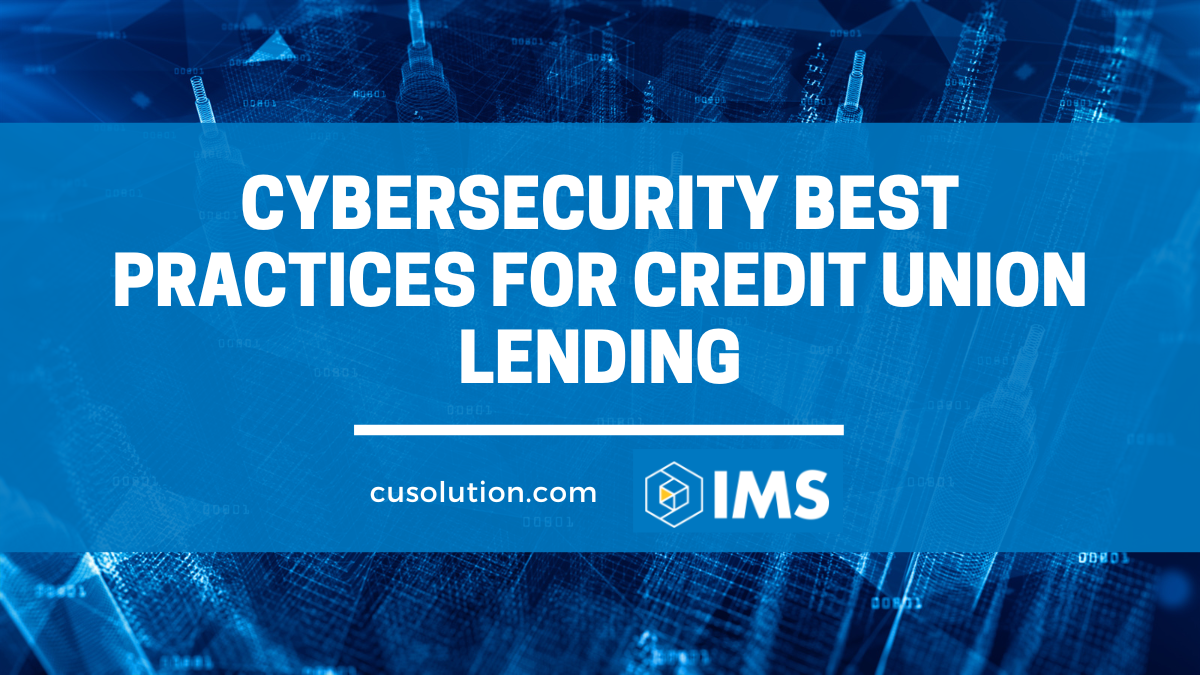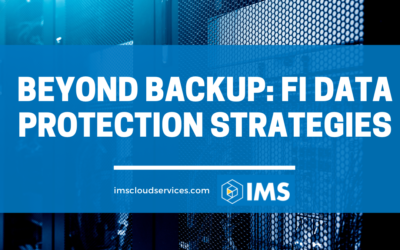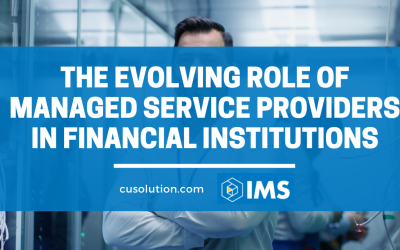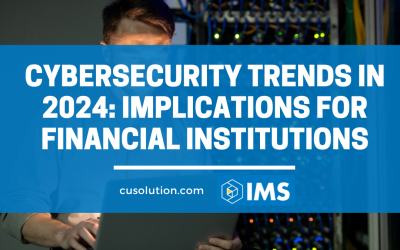Your credit union members are likely more worried about making sound and safe financial decisions, especially as housing and living costs rise with an unprecedented hike in inflation. In the last several decades, these costs have quadrupled in most areas of the country, while wages have yet to even double. That means your members and prospective members are looking for smart and secure lending options.
July through September is the peak lending season for most financial institutions, and you don’t want to alienate prospects by employing less-than-optimal lending cybersecurity.
There are several ways to incorporate cybersecurity into your credit union lending process and practices.
Start with a Good Foundation – Or Build It
Large, for-profit banks are the only organizations in the financial sector that can afford to create a proprietary system for loan processes. The rest of us, including your credit union, must rely on strategic planning, and smart tools.
Lending cybersecurity, like cybersecurity in other high-risk industries, can’t successfully rely on DIY programs to create a solid digital wall of protection around networks and systems within it.
Your cybersecurity program should have all-encompassing strategies, not just piecemeal solutions. Think of it this way: while you can build a boat with several hundred pieces of wood or metal and create a strong enough hull for the boat to float, you’ve now got hundreds of seams and potential cracks just waiting to be breached. Whereas, if you create the hull using something more akin to one seamless piece, your chances of water seeping in are much lower.
A good foundation includes things like reviewing your current digital landscape and cybersecurity. The first step is looking for potential security gaps. These gaps can be interwoven throughout this landscape: in data collection, storage, and encryption protocols as well as third-party vendor interfaces, mobile apps and platforms, servers, cameras, social media accounts, and more.
These things need to be audited regularly, starting from the first days of your newly integrated systems.
Simplicity is Key – But There’s a Limit
Lending cybersecurity mainly relies on the implementation of practices, education, and technology solutions that minimize the risk of a cyberattack. If you have fewer holes in your systems, that a hacker will find a way through them is going to be much smaller.
That’s why simplicity in your lending practices and tasks is key. The loan process is complicated by nature, but the more seamless you can make it for your members and your staff, the better the outcome will be.
User error is often touted as one of the most common causes of data breaches. The goal of your loan programs and the steps you employ to carry them out should be to create a user-friendly experience without skimping on network security and other precautionary measures.
For example, employing multi-factor authentication in parts of your data and lending information collection process is inherently more complicated than single-factor authentication, but you are trading safety for convenience. Two-factor authentication is still the best choice when it comes to collecting and storing lending data.
Finding the balance between “easy-to-use” and “optimal protection” should be the simple target you aim for in credit union lending cybersecurity.
Here’s a great article from Medium about cybersecurity in the mortgage process. It goes into more detail about how complexity is the “worst enemy of security.”
Automating Compliance Increases Lending Cybersecurity
Lending cybersecurity is not the only way to protect your credit union loan processes. In fact, much like the risks for cyberattacks have increased, lending compliance issues are also on the rise.
Because compliance is crucial to the efficacy of your credit union, maintaining that credibility should always be a top priority regardless of whether your credit union is growing, merging, or simply focused on optimizing current business operations.
There are several benefits to automating your compliance tasks. Automation is primarily used to ensure that there is no impact to normal operations and production. There is also no learning curve – compliance automation means machine learning drives for you – it is constantly improving and identifying potential violations of internal compliance policies by tracking sensitive data nd where it goes.
By automating your compliance processes with tools and software like IMS’s Polaris Sonar, you can quickly reduce sensitive data exposure without having to add to your current infrastructure or allot employee time towards completing these tasks.
Anomaly Detection – Recover Faster
Cyberattacks on financial institutions are inevitable – your credit union holds a wealth of assets and hackers are always looking for ways to exploit your security systems to take some of those assets for themselves.
And with ransomware on the rise, it’s important to implement the most effective strategy for recognizing ransomware attacks early and defending against them.
IMS has anomaly detection solutions with Polaris Radar to track your data changes over time, replace manual recoveries for minimal business disruption, and increase intelligence with machine learning.
Make sure your credit union lending and all financial data is never used against you for ransom. Learn more about partnering with IMS today by requesting a consultation.



